https://www.youtube.com/watch?v=HMAXNWOiL00
Homemade Bread for Beginners EASY Recipe in 5 Minutes of Hands On Time a Day
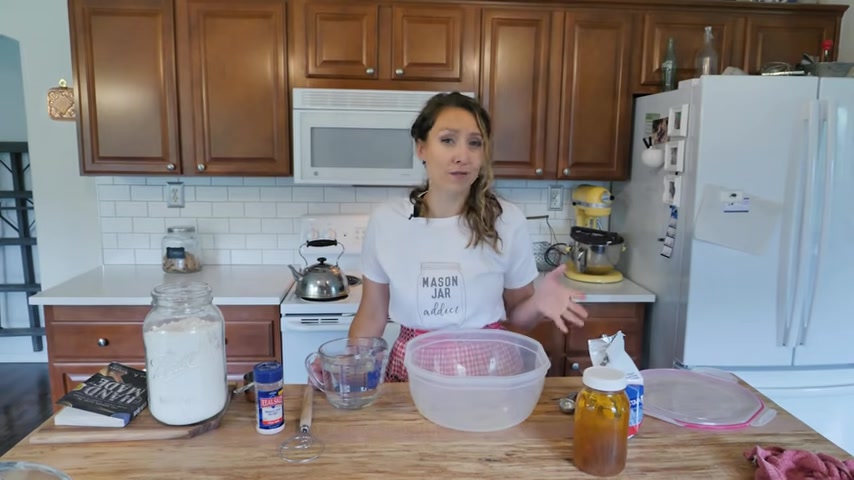
The water is what gets the process going .
That is Doctor Nathan Duncan , a chemistry professor at Merrill College here in Tennessee where he teaches a science Jeed about beer .
He says it all started during his own undergrad at Baylor University in Texas .
My roommate and I , we had been interested in beer so far .
That sounds like literally anyone's college experience .
Uh We spent a lot of our senior year brewing beer and I've been doing it ever since .
Ah , well , I guess not every college kid does that .
Nor do they all end up becoming organic chemists .
But anyway , Dr Duncan was saying that soaking the seeds to a little under 50% hydration kick starts the melting process , which is you start getting water into the seed , it start activating the proteins and those cells start coming to life and they start producing uh proteins called amylas , amylase .
That's the enzyme we've been talking about .
Enzymes are proteins .
The seed is born with the amino acids necessary to build those proteins .

So I'll link to some online sources below and tip though , store your yeast in the freezer or the fridge .
It stays fresh , much , much longer .
So I'm gonna pop this one back in the fridge and then we have three cups of water .
Now , if you are a technical baker about 100 and 15 to 100 and 20 F , I however am not .
So just want to use , I like to use the inside of my wrist or your finger and you wanna make sure it's a little bit warmer than body temperature .
Basically , like when you test your baby's milk bottle on your wrist to make sure it's not too cold or it's not gonna burn them .
That's about where we wanna be .
So we're gonna pour our water over our yeast and we're gonna get that dissolved .
You can use a spoon or a fork or a whisk .
But I gotta tell you a dough whisk .
This is one of the best things for mixing up any type of dough or batter .
And it's really inexpensive .
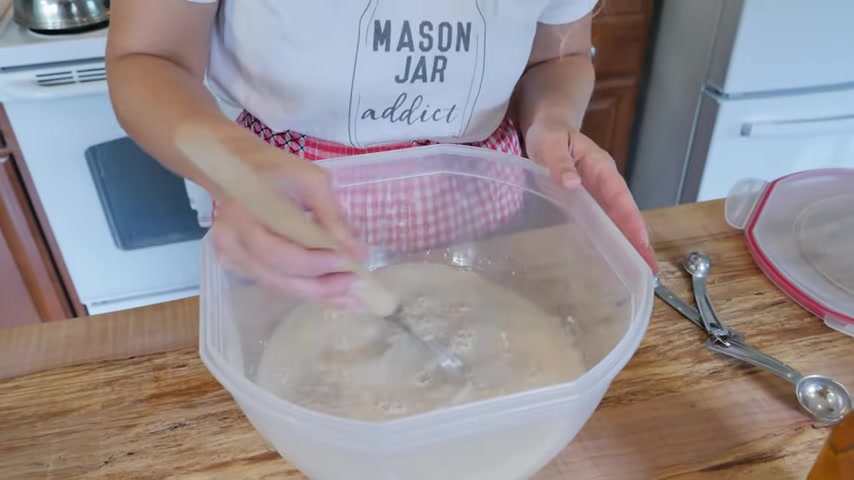
And when we get the seed wet , we trigger a whole genetic process that builds proteins out of the amino acids that are in there .
Most of us are probably more familiar with proteins that are the building blocks of tissues like muscle and skin and bone .
We are mostly made out of water and fats and proteins .
A protein like amylase is not a building block .
It's an enzyme because its primary function is to catalyze or start up a biological process .
It's a protein that we use to do something , not be something .
In this case , the seed makes amylase in order to catalyze a transformation of the starch inside the seed , the fluffy white stuff in there .
That's the starch starch molecules are huge branches of sugars all linked together sometimes thousands of sugars in a single starch molecule .
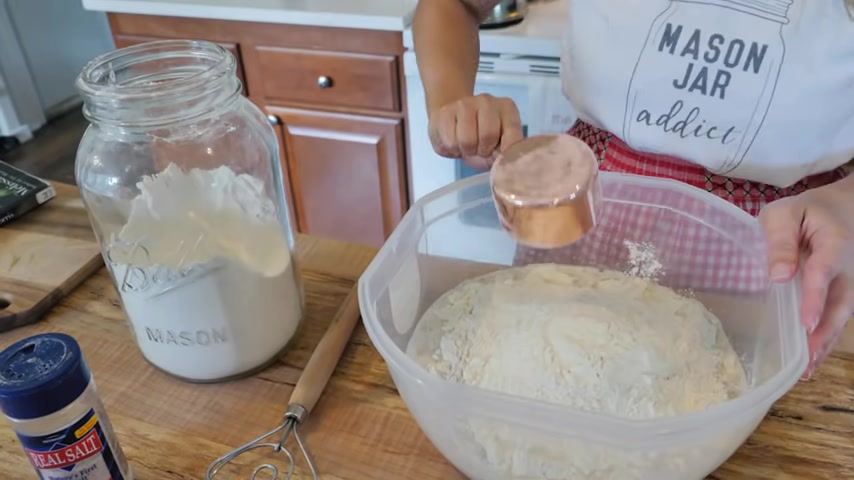
So I'm gonna start with six cups of flour and then we'll add in a half cup if needed and then we're gonna add our salt .
So we're gonna do 1.5 tablespoon salt .
It's really easy to remember because you're just doubling everything .
So it's 1.5 tablespoons , yeast , 1.5 tablespoons of salt , three cups , water and six cups flour that half cup if you need it .
Now , this recipe is based off of the artisan bread in five minutes a day book and recipe , except when you're doing no need to help with the texture .
And I think the flavor I add in one additional ingredient and that is apple Cider vinegar .
I feel like the apple Cider vinegar helps to develop the gluten and improves the texture .
You can test it with it or without it .
I just like to add it in there .
So I just do 1.5 tablespoons .
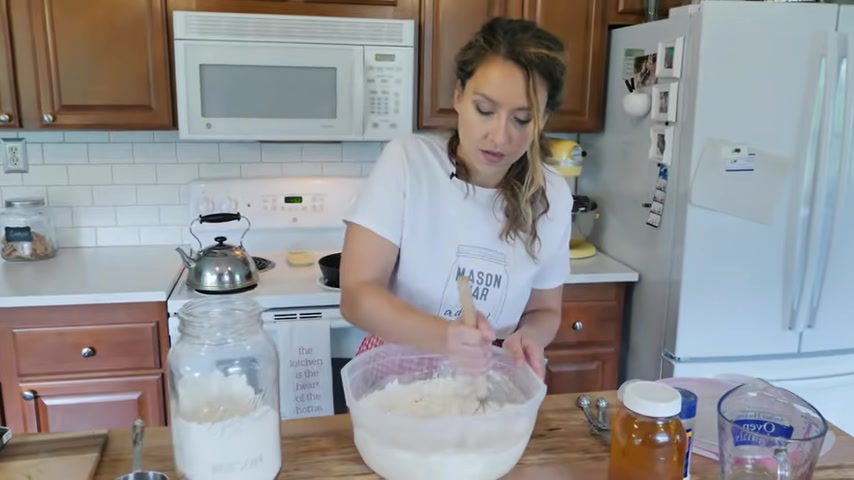
And the , and the purpose of the starches is to provide food for the growing plant until it starts producing leaves that it can start doing photosynthesis , get its own energy .
So that's the energy store for that plant .
The problem is the baby plant can't eat those sugars when they are polymerized into those giant starches .
It uses the amylase enzyme to break those starches down into smaller or simpler sugars that it can eat .
Most notably maltose , which is a disaccharide consisting of two glucose units .
The simple sugars like glucose are what are needed for the cells to produce energy .
And so that's the process of cellular respiration .
So after I got my wheat sprouted , I just kept spritzing it with water occasionally to keep it from drying out .
And I turned my pile frequently to give every seed access to air .
After a few days of doing that , they looked like this .
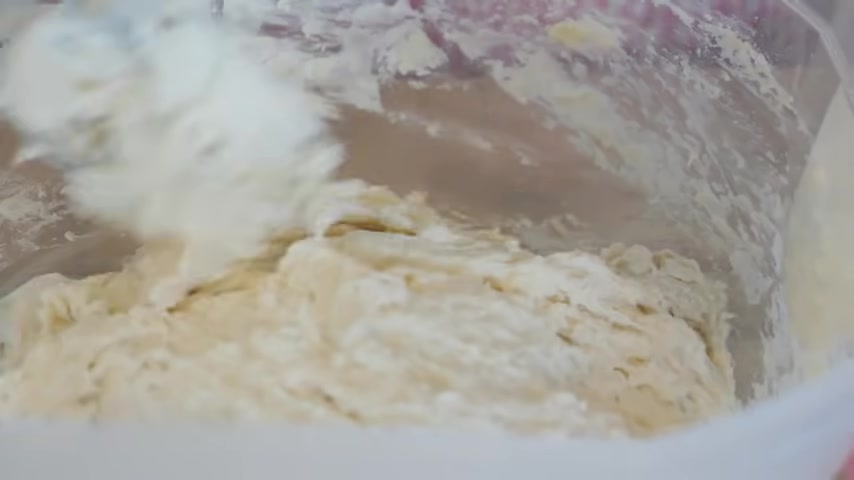
The long spindly tendrils are the rootlets , baby roots that are aiming for the ground that right there is the acro spire or plume mule .
That's the above ground part of the plant aiming for the sky .
If the seeds were outside in the dirt , the acro spires would eventually grow into these .
These are growing from seeds .
I lost down the drain when I was washing my wheat , they got caught in my little filter under that grate and they germinated .
That's new wheat growing in there .
This acro spire is the same thing .
It's just not as far along with other grains .
This early stage of acro spire growth actually happens entirely inside the seed .
You have to cut one open and look inside in order to judge the acro spire's growth with this wheat .
The acro spire is growing entirely outside the seed which is convenient for me because I need to measure how long it is .
When the acro is almost as long as the seed itself , it's time for me to shut everything down .
If you're a plant lover , it is a sad story .
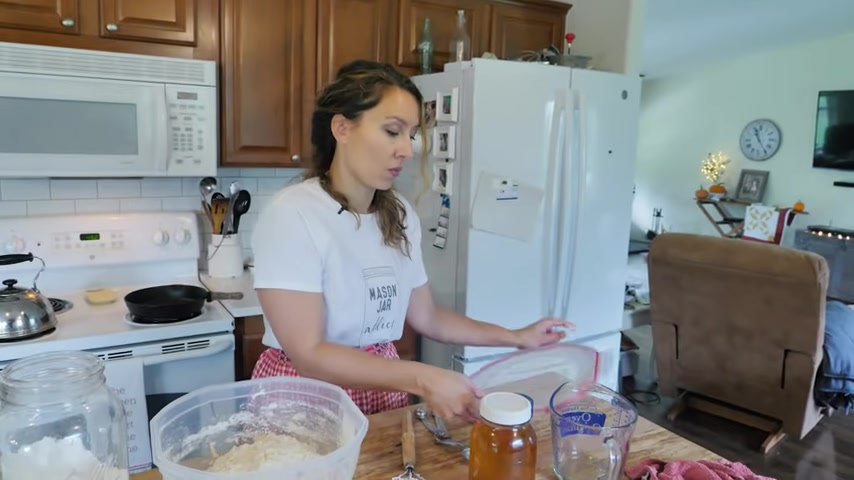
You start the plant growing , it starts to sprout and then we remove it from water to dried it out , to kill the plant so that it doesn't use up all the starch effectively .
What we want to do is to get the process going just enough that we have a large portion of active amylase enzymes within the seed , but not so much that we use up all the starch .
So in the babies go to die in the oven , at least that's how I'm going to do it .
In Scotland , they dry or kill their malt on a big floor filled with tiny holes through which they pass hot air .
Traditionally , the heat for the process was generated by burning the accumulated dead stuff from the bottom of bogs A K A peat to this day , some scotch whiskey makers expose their malt to peat smoke to give it a smoky taste .
This distillery famously uses very heavily smoked malt so it's a very heavily peed scotch .
That's why it tastes like an ashtray , a delicious ashtray .
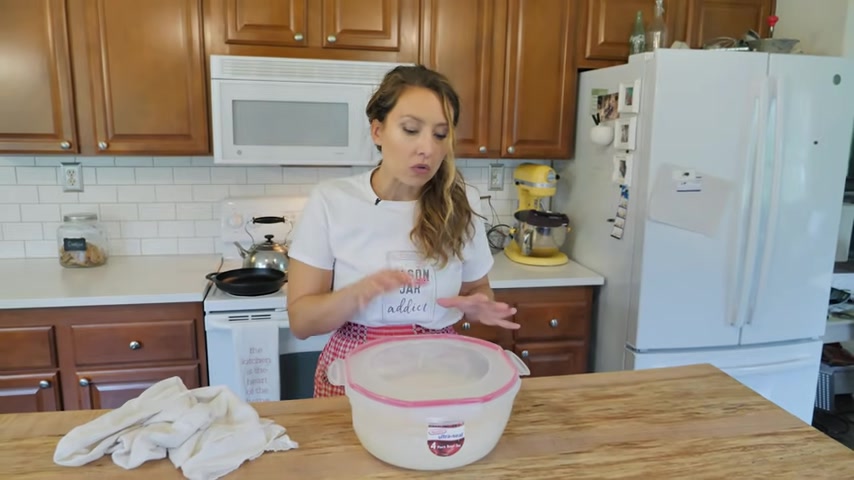
But this distillery famously does not let any peat smoke at all touch its s malt and so it tastes not smoky or peaty at all .
I love them both equally like my Children .
But anyway , I didn't have a perforated floor for killing my malt .
So I just used my oven on its lowest setting and I cracked the door to allow moisture to escape and to keep the heat from getting too high in there .
I'm trying to make what's called a base malt .
Your base malts are dried slowly or at lower temperature to prevent killing the enzymes .
Once you go up to higher temperatures , you absolutely denature those enzymes .
You'll cook them , enzymes are proteins and you'll start cooking them at temperatures above 149 F , 65 C , high temperatures over time , deactivate the amylase denature .
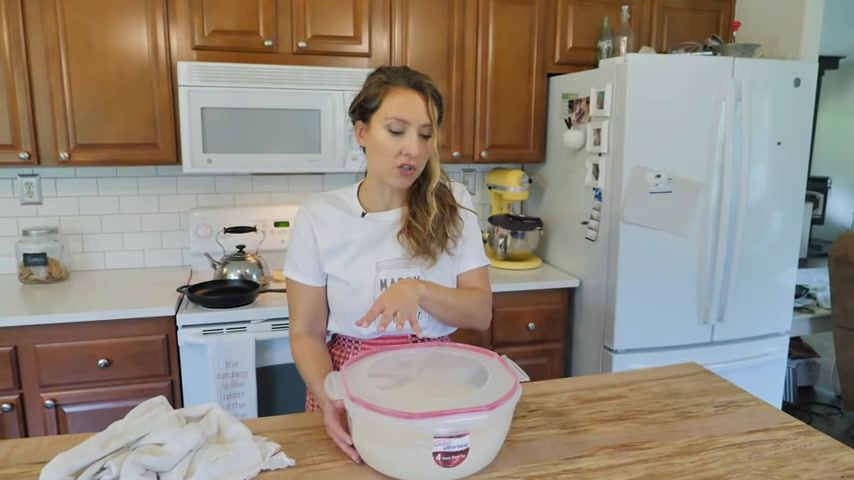
We need the enzymes to make food for yeast in order to ferment grains into alcohol or fluffy bread dough , you gotta break the starches in the grains down into sugars that the yeast can eat and ferment .
The yeast will not ferment anything that is more than three glucose units long .
And they really prefer to only ferment things that are one or two , which is why to really get your bread to rise .
You add that teaspoon or tablespoon of sugar or a little bit of honey or something that is highly ferment to it .
On top of that , the bread yeast you buy have their own stores of energy inside their own little unicellular bodies just like you can store energy inside your body .
Plus , look at the ingredients on your bag of flour .
Most bread , flour and all purpose flour at my store either has malt flour added or in the ingredients .
They might just list enzymes .

So when you drain the wart or water , the wart out of that big mass of grain parts , when you drain it out , it's gonna drain cleanly .
If you use wheat , you're gonna have this glutenous sticky mass that just won't drain like corn gets really gummy too .
If you try to mash corn .
Now , corn , you add barley to it .
You know , that's the whole thing we can talk about bourbon for hours too .
But uh , you know , you take corn , it's got starch .
You use the enzymes from barley or malted wheat to convert those starches into sugar , but it still gets really gummy because of the proteins that are in there .
So that's why barley is great for making malt .
Plus barley is really easy to grow even in really cold climates .
It has a nice , mild taste .
Unlike like rye has a really strong taste .
Also .
Barley is terrible for making bread because it has very little gluten in it .
So I guess you might as well make malt with it anyway .
Once you drain your sweet wart , you add yeast to it , the yeast eat the sugars and poop out alcohol and carbon dioxide .
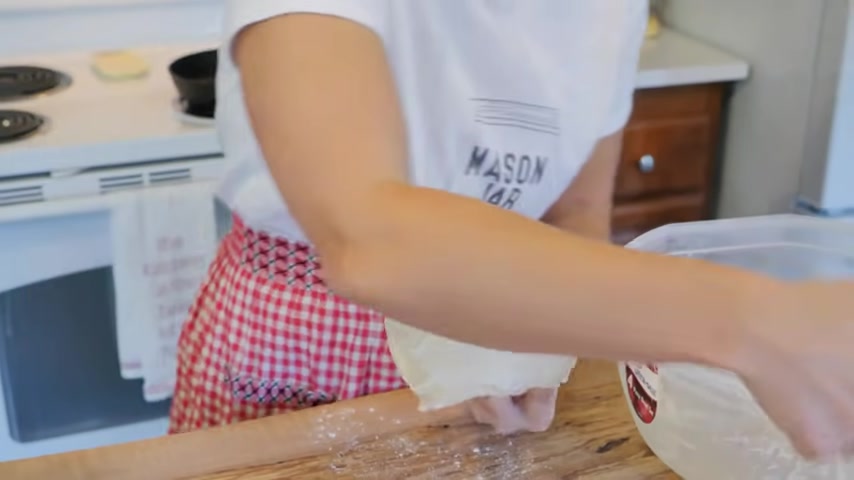
And that's how you make beer or a similar liquid that you distill into whiskey or instead of fermenting the wart with yeast , you could boil it down into a syrup .
And that's what this is .
Malt syrup .
It's used to add its particular malty flavor and color to baked goods like New York style bagels .
But this syrup is non diastatic , meaning it does not have any enzymatic power anymore .
What they did was they melted some grains sprouted some grains and they let the grains convert a lot of their starch into sugar .
Then they dried them to halt the process and also to keep them from molding or anything like that .
And then they turned the heat up and they roasted the grains .
That's what Dr Duncan has here .
A bunch of different roast levels of malt at high heat proteins and sugars have these browning reactions that make all kinds of amazing flavor compounds .
The grains all by themselves are delicious .
The lighter roasted ones taste like a milkshake .
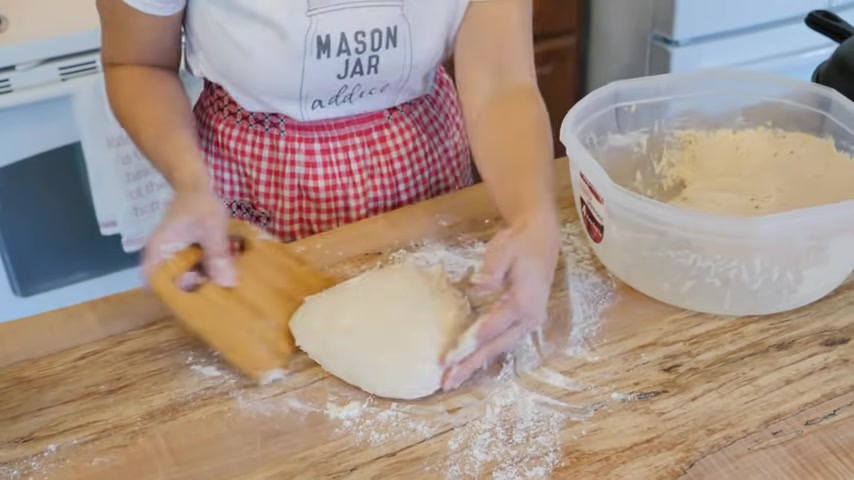
So don't worry about it , but we're creating that tension on the top and this is important so that your loaf when it's baking , especially because it's free form like this .
We're not having it in a loaf pan .
You want that tension on top so that it can rise up and it will hold its shape better .
So you can see where it's really forming there .
So there we go .
So we've got our round now .
I like to put mine on some parchment paper .
So you're just gonna pick your loaf up again .
You can use your bench knife .
It's gonna help you get it up off the surface there easier .
We're gonna pick it up , we're gonna put it right there on the center and we're gonna let this be at room temperature for about 40 minutes or so .
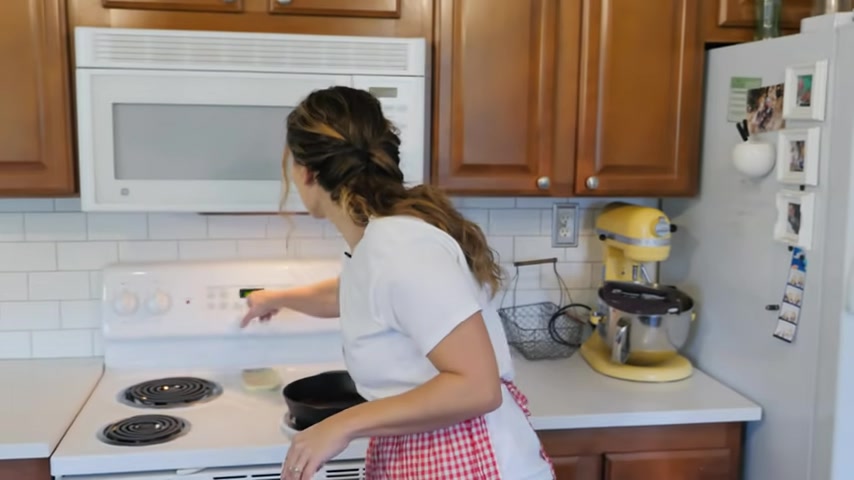
So another thing to do when you're trying these malts , now your saliva contains amylas , crush it , let your spit kind of stew on it and hold it for a second .
You'll notice it gets sweeter .
The super dark roasted malts over here taste like cocoa powder or coffee brewers use different combinations of these to make different styles of beer .
Your base malt , which is the one you simply dried .
That's the one that is converting all of the starches in your mash into sugar for the yeast .
The dark roasted malts that you add those you're doing just for flavor , the darker you roast them , the less enzymatic power they have , they're just for flavor and color and bakers use them for flavor too .
Non diastatic malt powder roasted or otherwise deactivated malt ground into flour .
It's full of maltose , which just has different chemical properties from sucrose or other sugars and it makes bread crusts really brown malt powders also end up in beverages that are the polar opposite of beer and whiskey .
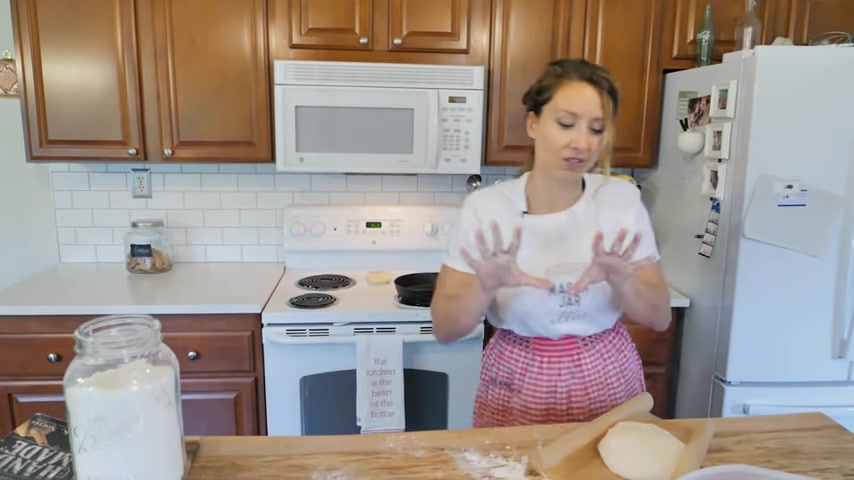
Talking about the most innocent beverage of all malted milk in the late 19th century , a London pharmacist named James Horlick figured that he could make an easily digestible shelf stable drink mix for babies and sick people .
If he combined malt powder with milk powder and wheat flour , he called his Mix Dias Toid , which was of course a terrible name for a food .
So he called it malted milk instead , I believe some of you brits still use the brand name Horlick to refer generically to all malted milk powders , even though Horlick is also a terrible name for a food .
But I guess that's never stopped you before .
Malted milk became popular with outdoor enthusiasts as a preserved energy drink .
And because it has those delicious malty flavors .
It found popularity in milkshakes often with chocolate added .
And the malt shop here in the US became a symbol of mid 20th century innocence and abundance .
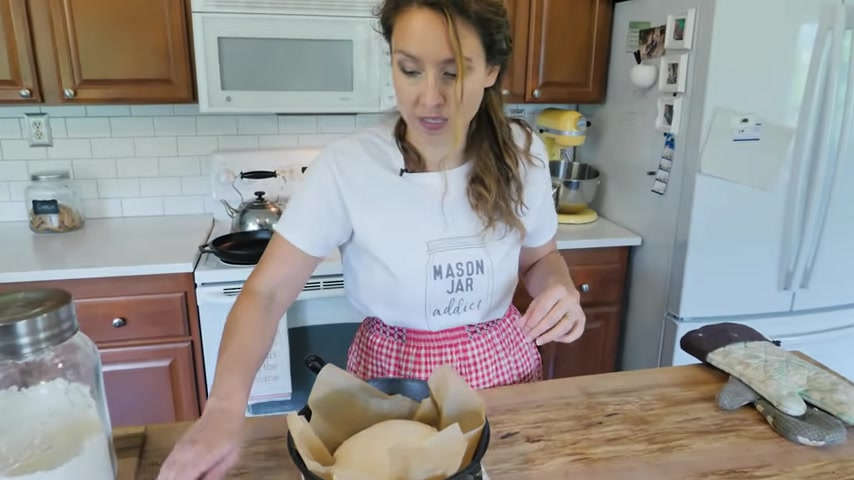
And now they can help you make a video promo for your business too point out a page , choose a theme and the video studio will pull your logo , your product and your color palette automatically with just a few clicks and zero editing , you'll have a high impact 30 to 62nd promo .
Video squarespace .
Truly is everything you need to build and run a business or personal website .
All in one place , you can start making one for free .
But when you're ready to publish it or buy a domain name , use my code Ragu and you'll save 10% link and code are in the description .
Thank you , squarespace .
And thank you , Doctor Nathan Duncan at Maryville College .
Hey , you want to audit his beer class with me ?
Let's do it video coming soon .
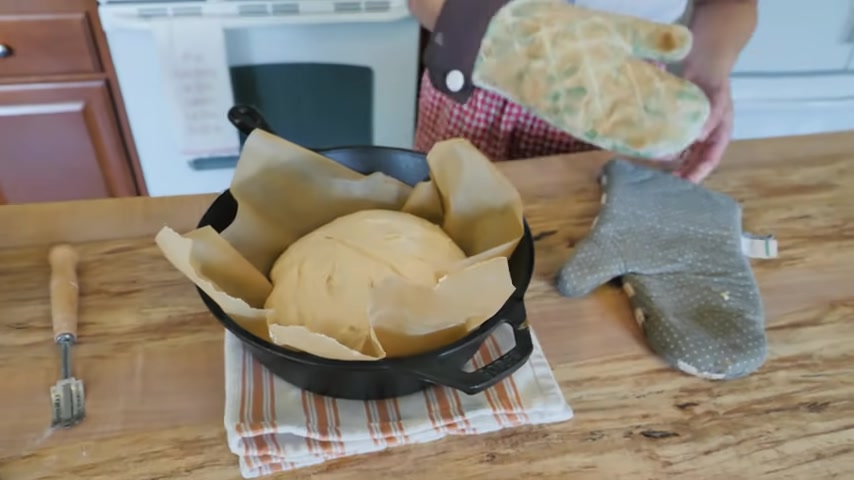
Now we're going to put our lid back on and we're gonna put this into the oven .
And if you want a principal version of this , you can grab that at my website .
I'll have a link below there and it's also in my book , handmade and I have to actually double check really quick , believe it or not .
I don't have it completely memorized .
30 minutes .
We're gonna bake this for 30 minutes .
Ok , guys .
So it's been a half an hour .
So we're gonna take a peek here and we're gonna remove the lid and then we wanna get that brown a little bit more .
So I'm gonna put that back in for five minutes just to get a nice brown crust .
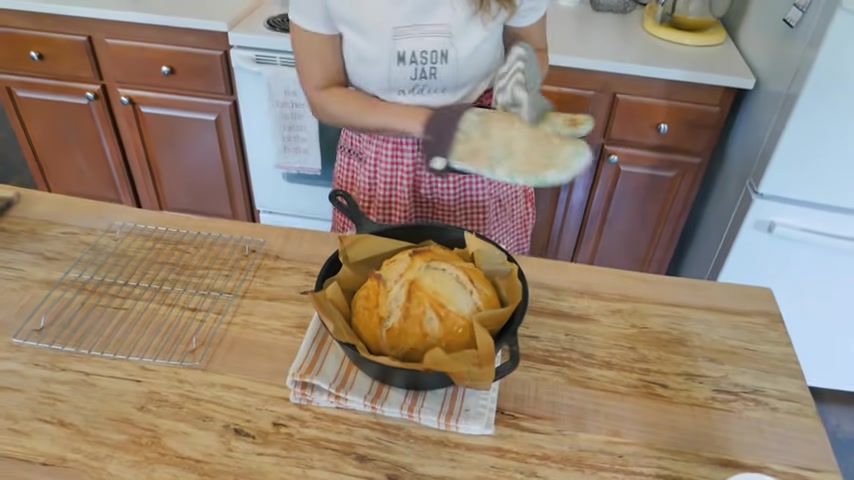
Let's see .
Alrighty .
So we've got five minutes here .
You can see how nice and golden that is and I actually could have made some of my slashes a little bit deeper because you can see how much this expanded and how much rice we got from the oven .
Now , we definitely want to let this cool .
It's still really hot , but the beauty of the parchment paper is it's much easier to lift this up and out and we're gonna put it here on a rack to cool and it's so hard because fresh out of the oven bread smells amazing .
But you do want to let it cool before you slice into it or you can get that Gummi in the center .
So try to let it cool .
At least 20 minutes before slicing into it .
Sometimes I slice early .
So after your bread has cooled for at least 20 minutes , if you can help it , it is time to cut into this bad boy .

When you hear it has that nice crispy outer crust .
Oops , I mutilated that .
Ok .
Let's try this again here .
So it's been 20 minutes .
It was super hard to wait , but we finally get it cut into our loaf and it is still slightly warm .
So you can see .
Oh , it looks so good .
No Gummi in the middle .
And you can see how fast this came together .
You guys , it only took 35 minutes total to bake and very , very little hands on time .
This is one of the easiest bread recipes out there .
And the great thing is this is my master dough recipe , which is both in my book , handmade .
You can get the printable version on the website , but you can take this dough and of course you can bake this amazing artisan round loaf .
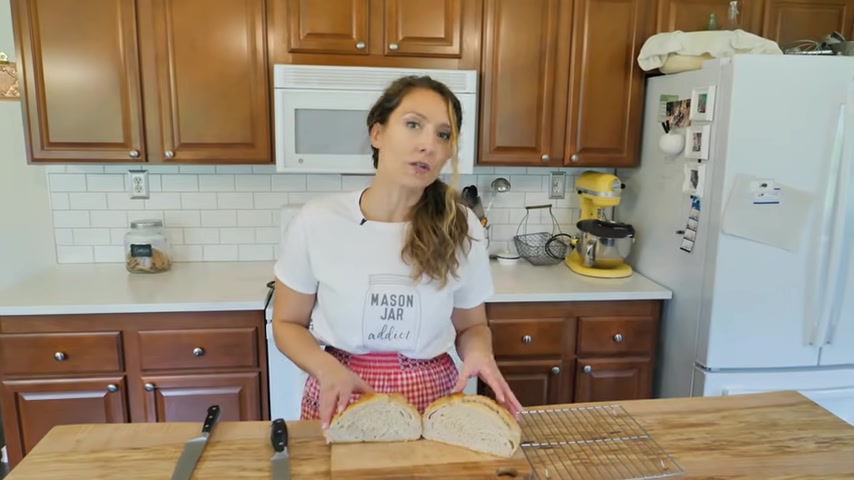
But you can turn this into cinnamon rolls into pizza dough , into hamburger buns and hot dog buns .
Like you can turn it into so many different things and you always have the dough on hand ready to go and bake whenever you are ready .
I have got on the website if you're interested in sour dough or honey whole wheat bread .
You can grab recipes for those .
And if you want to get all of my adaptations on how to take this master dough and create all of those delicious home , make home baked goods .
You can check out my full homemade baking and bread course system and find out how to make that and a whole lot more .
Ok .
I'm diving into this now .
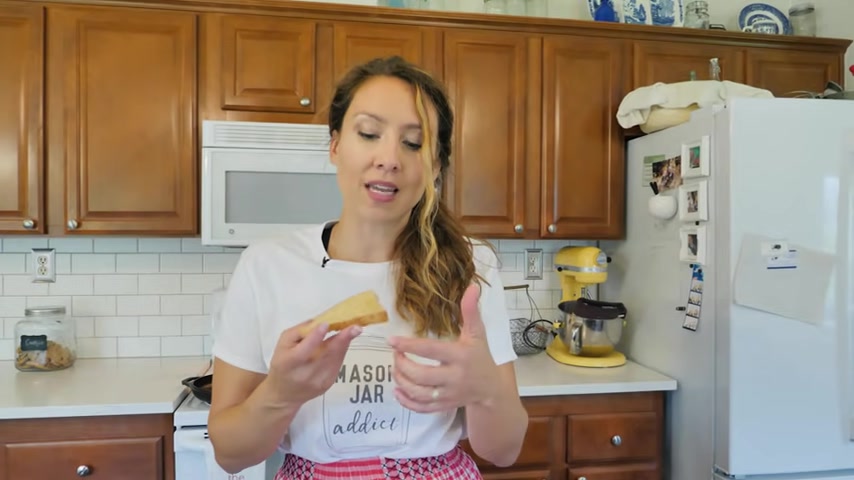
And what's really great about this bread is you get the nice crispy crust but it's soft inside and chewy , which is my absolute favorite .
Hm .
It was really good .
Are you looking for a way to reach a wider audience and get more views on your videos?
Our innovative video to text transcribing service can help you do just that.
We provide accurate transcriptions of your videos along with visual content that will help you attract new viewers and keep them engaged. Plus, our data analytics and ad campaign tools can help you monetize your content and maximize your revenue.
Let's partner up and take your video content to the next level!
Contact us today to learn more.